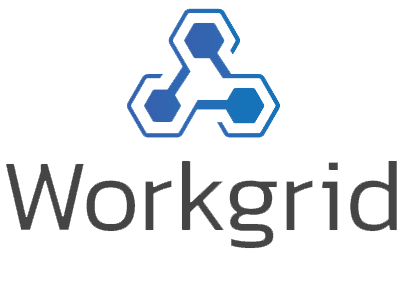Enquire about consultancy
Book a free one-to-one consultation to review the current state of your digital workplace and discover how DWG expert guidance can help you move forward with confidence.
Digital Workplace Impact, sponsored by Workgrid Software, investigates and explores the ideas, practices and people impacting the new digital worlds of work.


– Paul Miller, DWG
2020 was a year like no other. It was an unpredictable year filled with tremendous change and acceleration of digital transformation within organizations, with new ways of working, culture shifts and innovations emerging and strengthening as a result. As the world begins to prepare for our return to work in physical offices in 2021, Paul takes stock of the patterns and trends seen in 2020 and predicts how these trends will impact the digital workplace in 2021.
Paul Miller has been sharing his annual predictions since 2014 to spot patterns and trends that help create a line of sight for what’s coming in the year(s) to come.
In this episode of Digital Workplace Impact, DWG CEO and Digital Workplace Impact host Paul Miller chats to Nancy Goebel about his 10 predictions for the digital workplace going into 2021.
Show notes, links and resources for this episode:
View the blog post detailing Paul’s 10 predictions for 2021
Workgrid’s Digital Workplace Platform is built to simplify the work day for employees by integrating with the core enterprise systems employees use each day, intelligently aggregating personalized and contextual tasks, approvals, critical information, and more – all into a unified experience.
Learn more about our sponsor – Workgrid Software.

Contact us to apply to join DWG as a member and become part of a community of more than 900 digital workplace and intranet leaders and practitioners.
Apply for membershipBook a free one-to-one consultation to review the current state of your digital workplace and discover how DWG expert guidance can help you move forward with confidence.